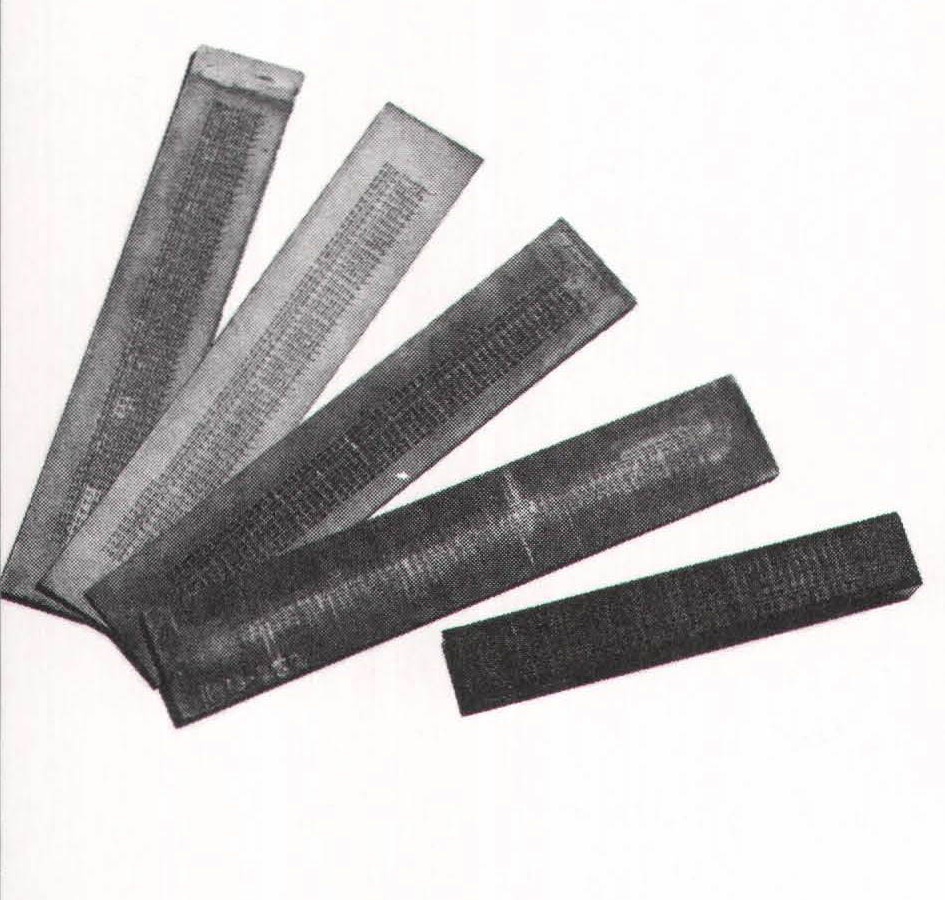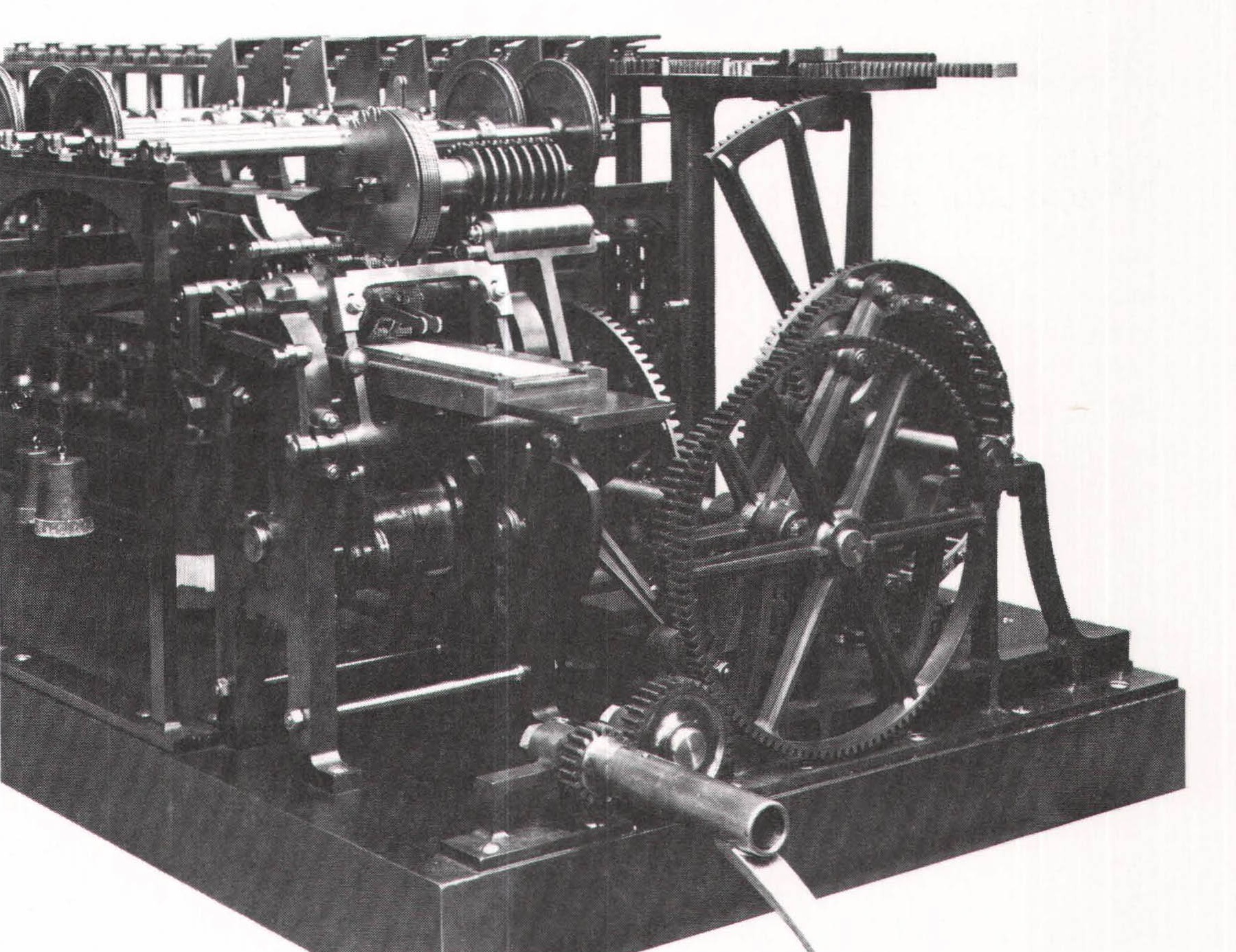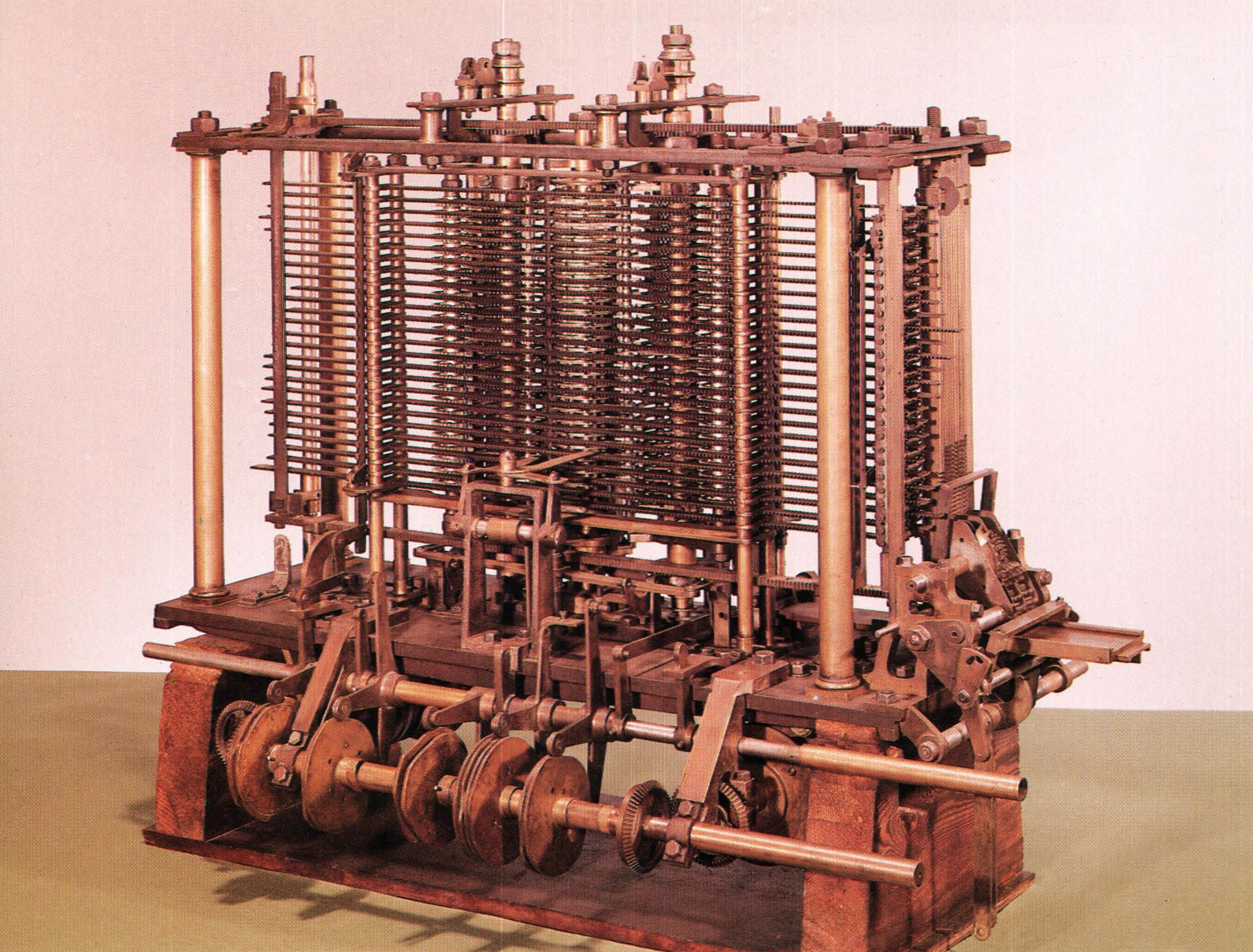It was during his nasty quarrel with Clement, who had deprived him of his blueprints for a year and a half, that Babbage conceived of the Analytical Engine. Why not, he asked himself, build a machine that could solve any mathematical problem, in addition to those based on constant differences? Why not indeed? At the age of forty-three, Babbage had a vision of a computer, and he pursued it for the rest of his life; from the moment he began working in earnest on the Analytical Engine, he seems to have stepped straight into the middle of the twentieth century. He confronted technical problems that the first computer engineers faced a hundred years later, often coming up with the same solution as he – although most of them were unaware of his work.

Babbage revised his plans for the Analytical Engine many times, improving its structure and operation. As a result, it’s difficult to pin down exactly what he had in mind. He created the first workable design by mid-1836 and overhauled it a year later. During the next twelve years, he refined the basic scheme of 1837 to 1838, putting the project aside in 1849. He took it up again in 1856 and tinkered with it until his death in 1871 at the age of seventy- nine. He produced six to seven thousand pages of notes, and he and his draftsmen (one or two men at any one time) created about three hundred engineering drawings and six to seven hundred charts illustrating, with a form of notation Babbage had developed for the Difference Engine, precisely how the machine operated. The drawings are more than meticulous engineering plans; part art, part dream, they are one of the greatest intellectual achievements of the nineteenth century.

At first, Babbage hoped that the government would finance the Analytical Engine. “The constructor of the navy might as well be required to pay for the building of a new ship he has devised as the inventor of the Anal[lytical] Engine to manufacture it,” he wrote in his notebook in 1868. The Analytical Engine would serve England, not him, and he seemed to think that the government had a moral duty to support it. Of course, the government believed otherwise. Disgusted by the outcome of the first project, it refused to sponsor another of Babbage’s ventures. Although Babbage eventually realized that neither the Difference nor Analytical Engine would be built during his lifetime, he continued to draw up plans for both machines at great personal expense.

The Analytical Engine was a thought experiment, an effort to prove, on paper, that such a machine was possible. When, toward the end of his life, Babbage gave up all hope of building the engine himself, he lived in the hope that someone else would take up his dream after his death and construct the engine using his plans. Babbage was actually in the process of building part of the engine when he died, and his son, Henry, fashioned a section of it in about 1889. Unfortunately, his dream died with him. Eight years after his death, a committee of the British Association for the Advancement of Science looked into the feasibility of building the machine. Understandably cowed by the complexity of the task, it concluded that the venture was hopeless without Babbage. Of course, it would have been equally hopeless with him. A perfectionist, he probably never would have completed it.